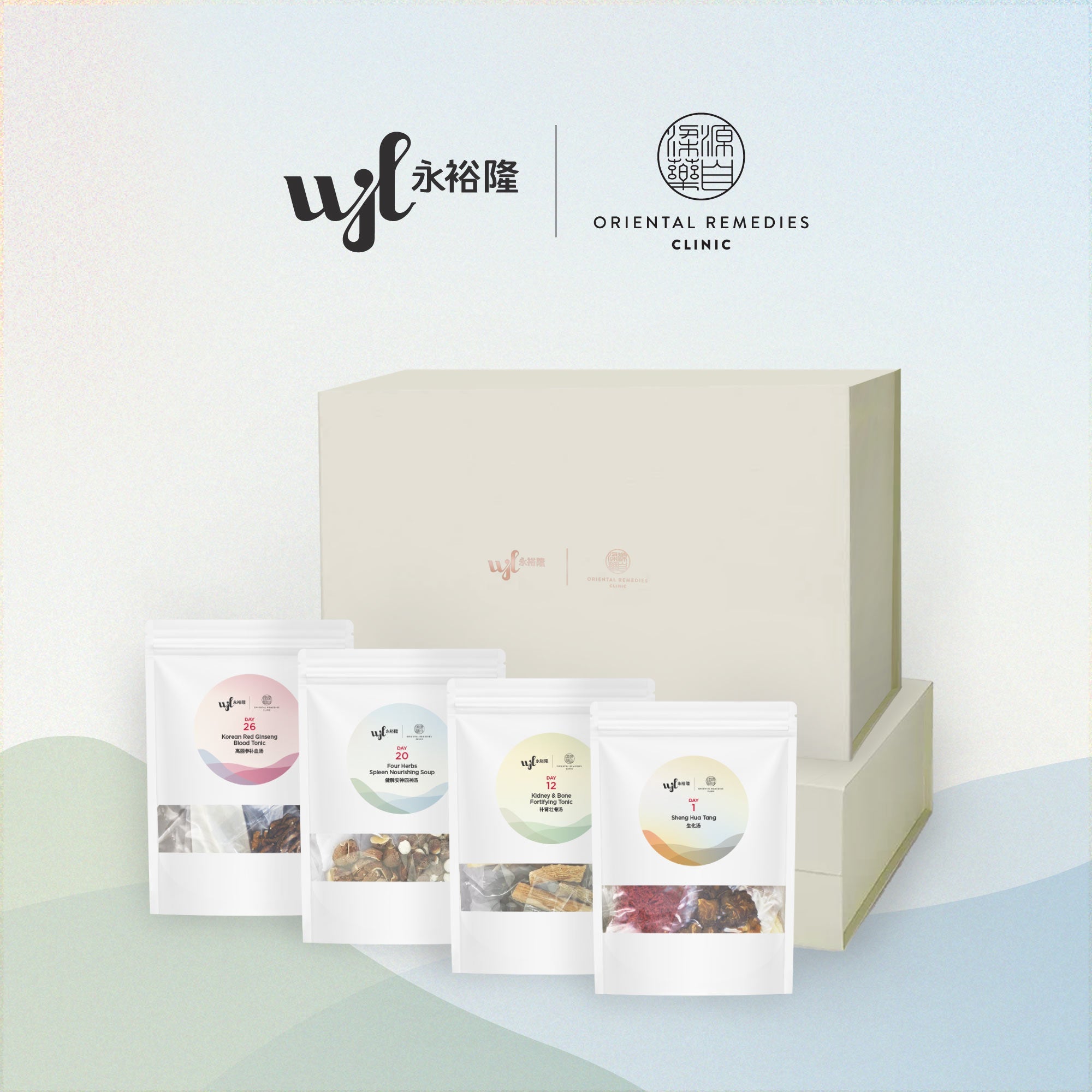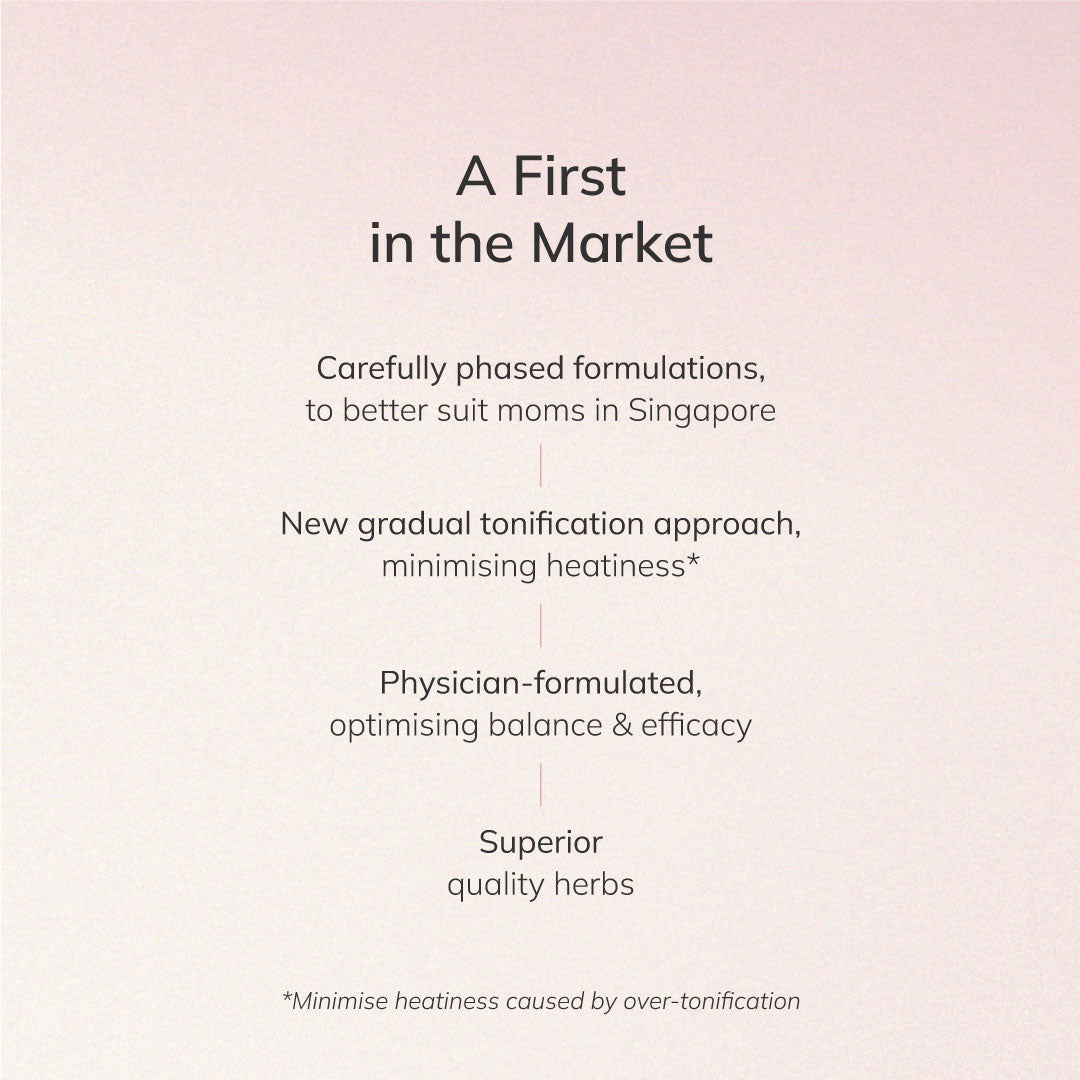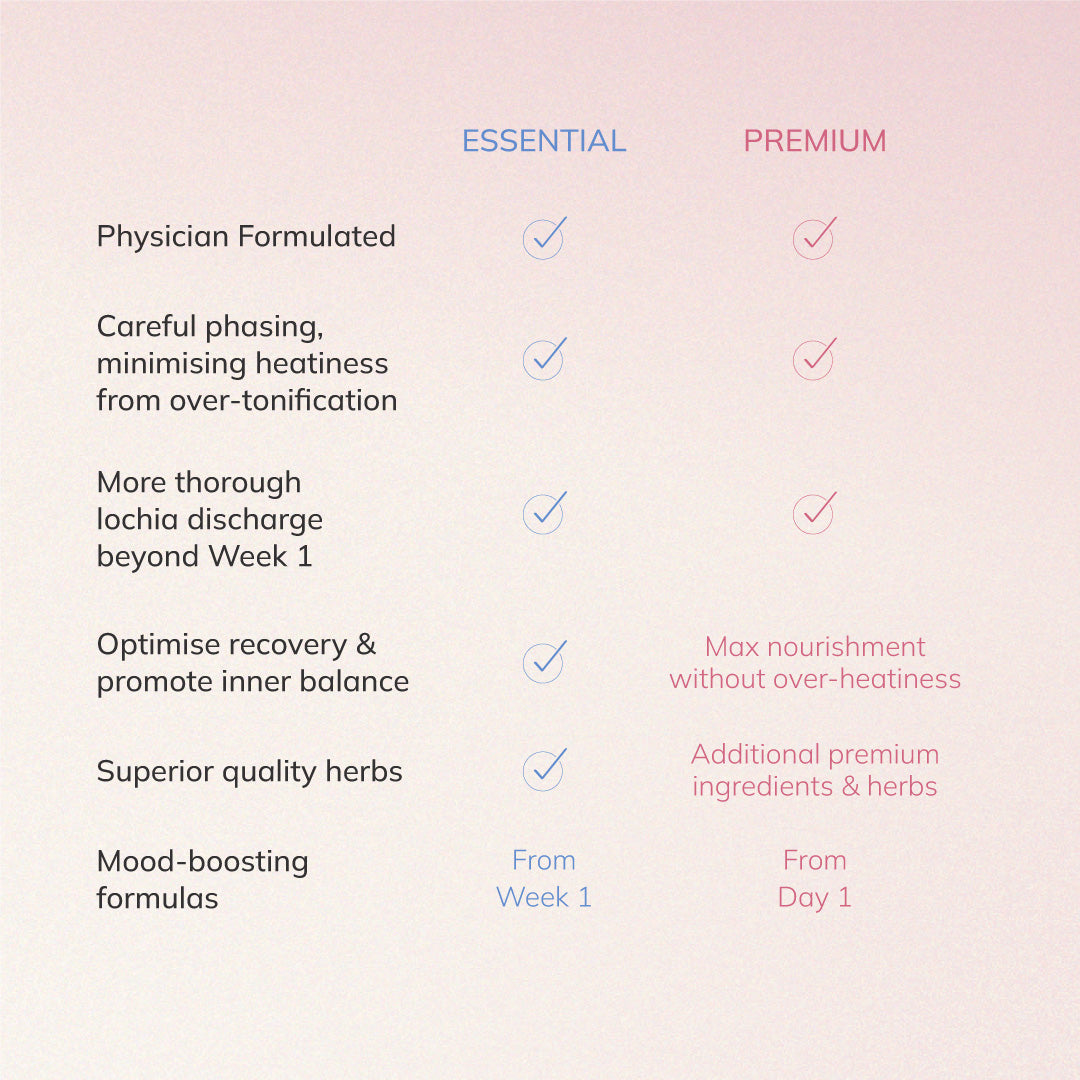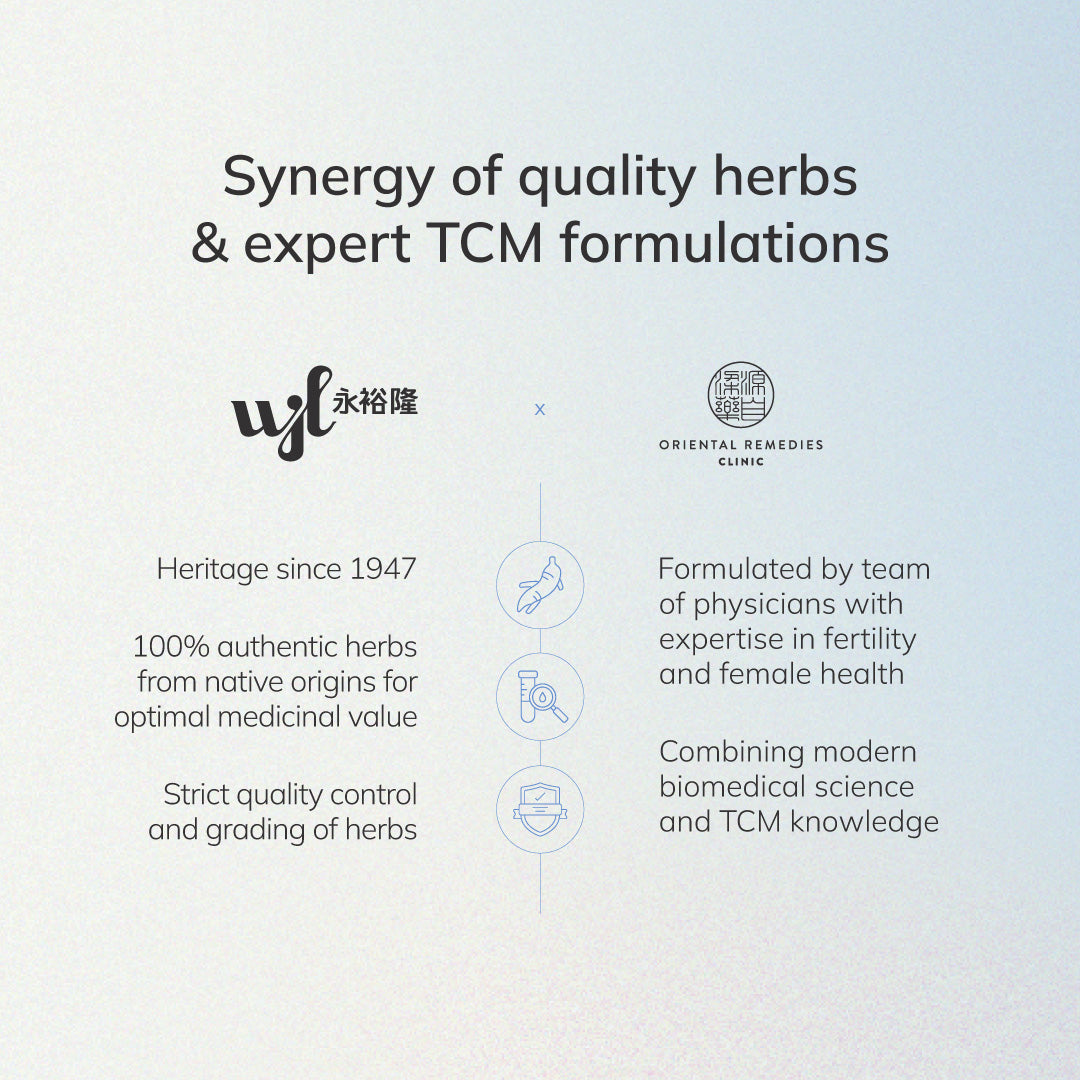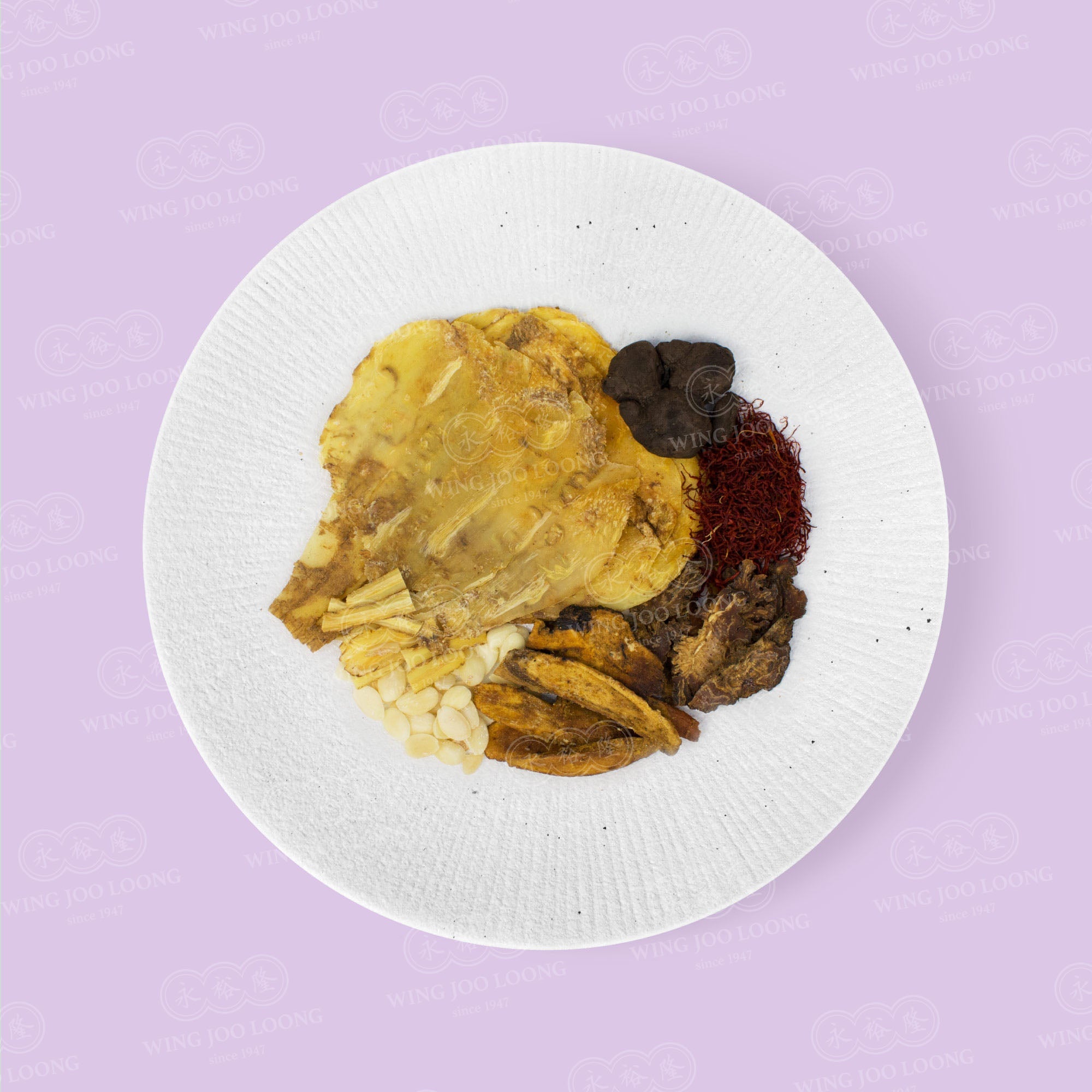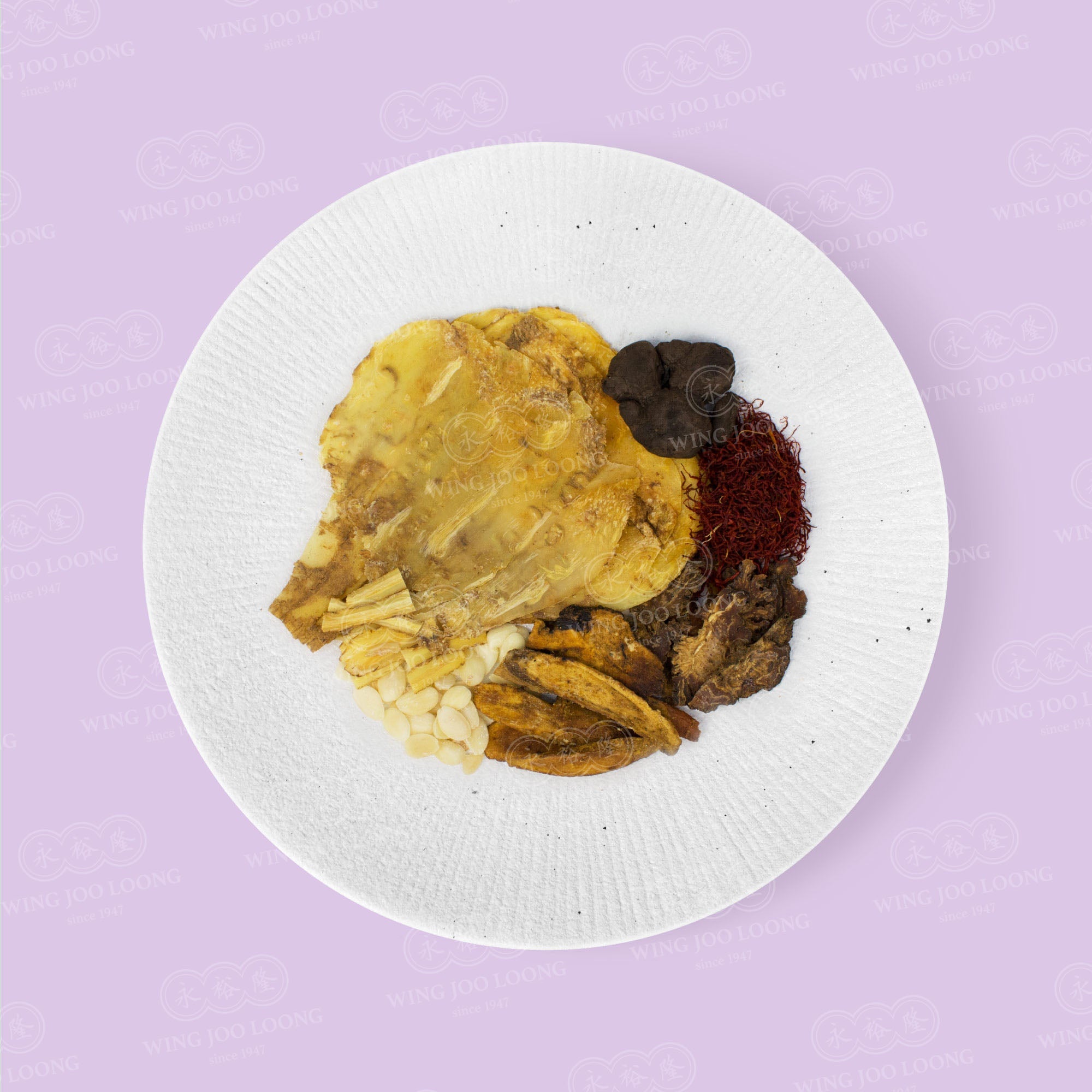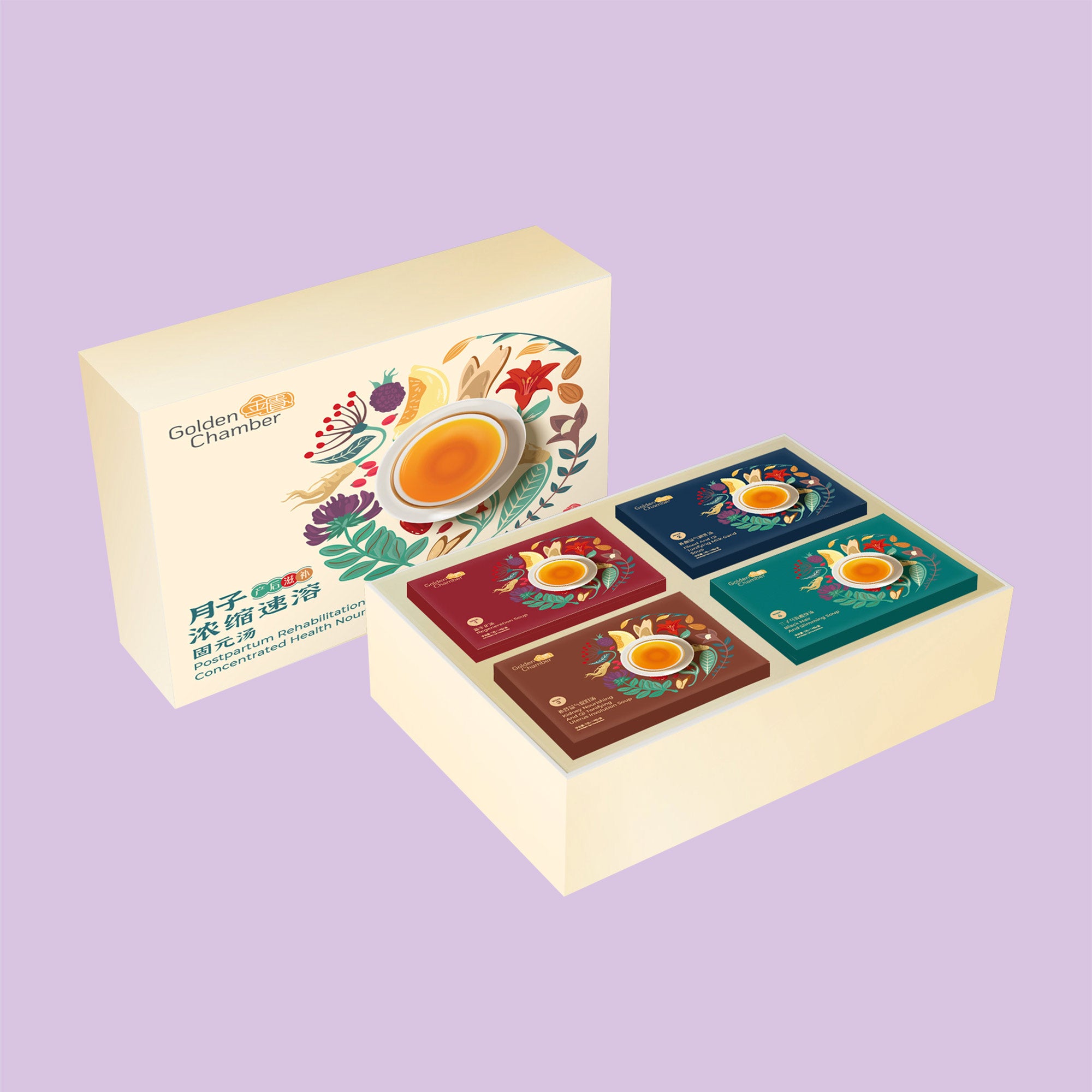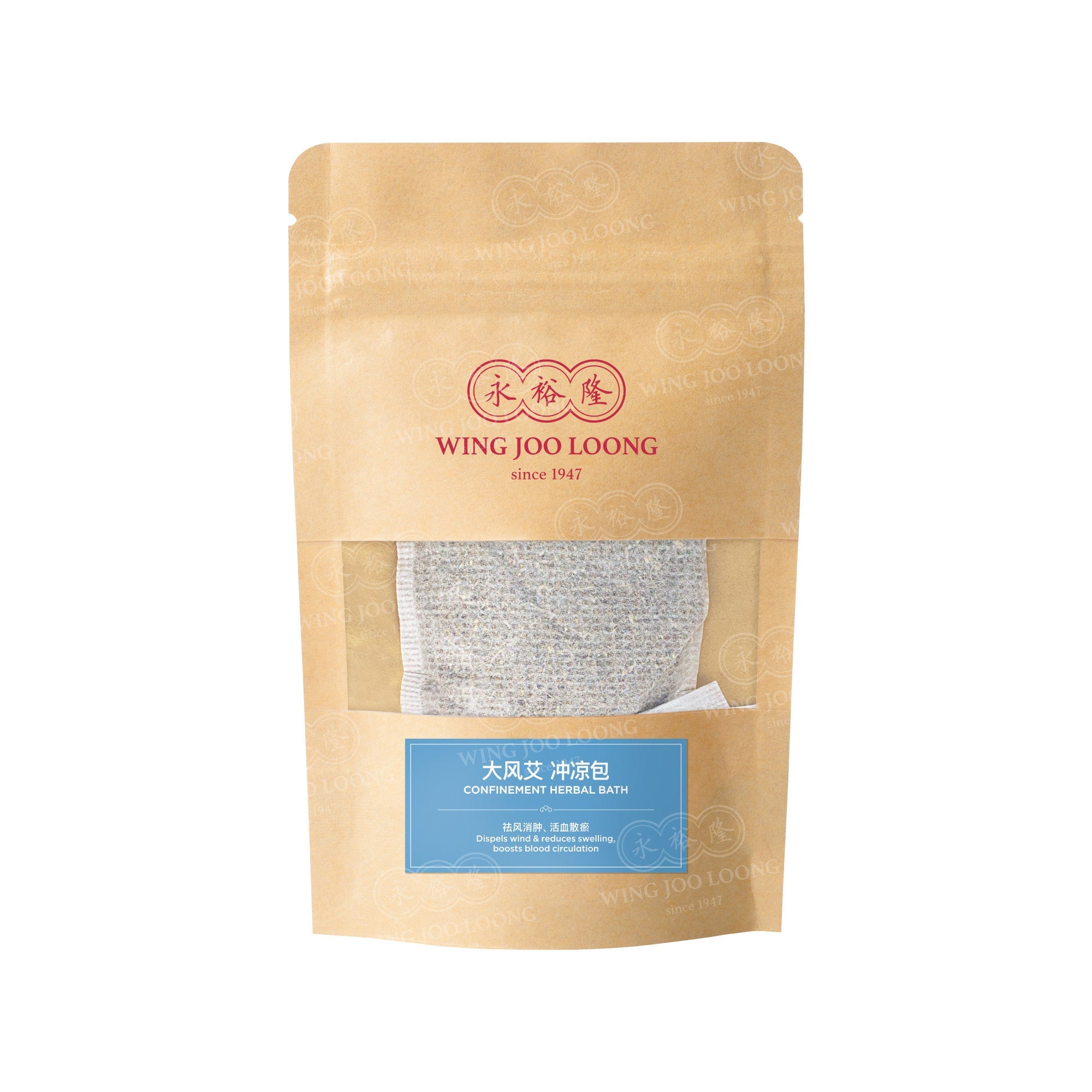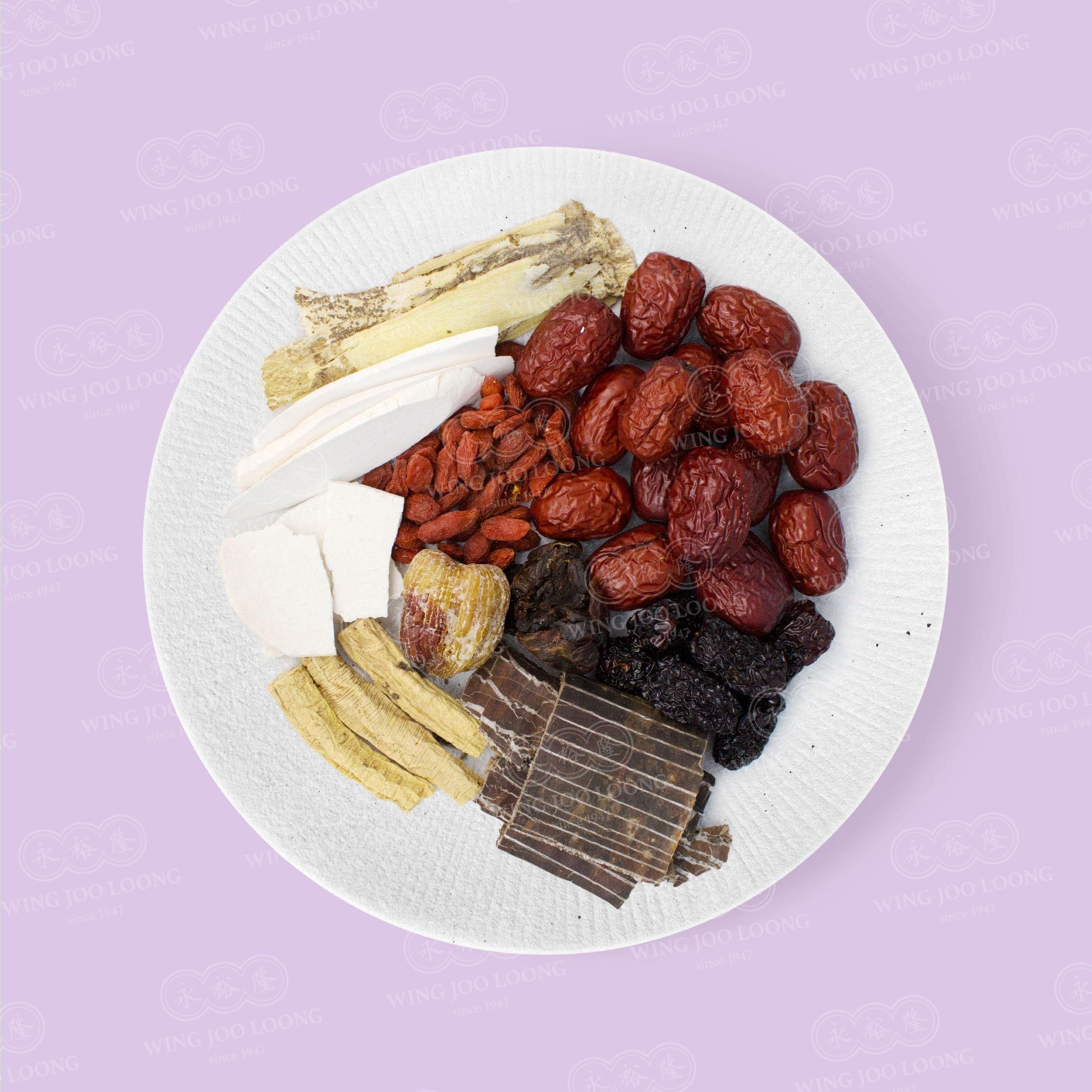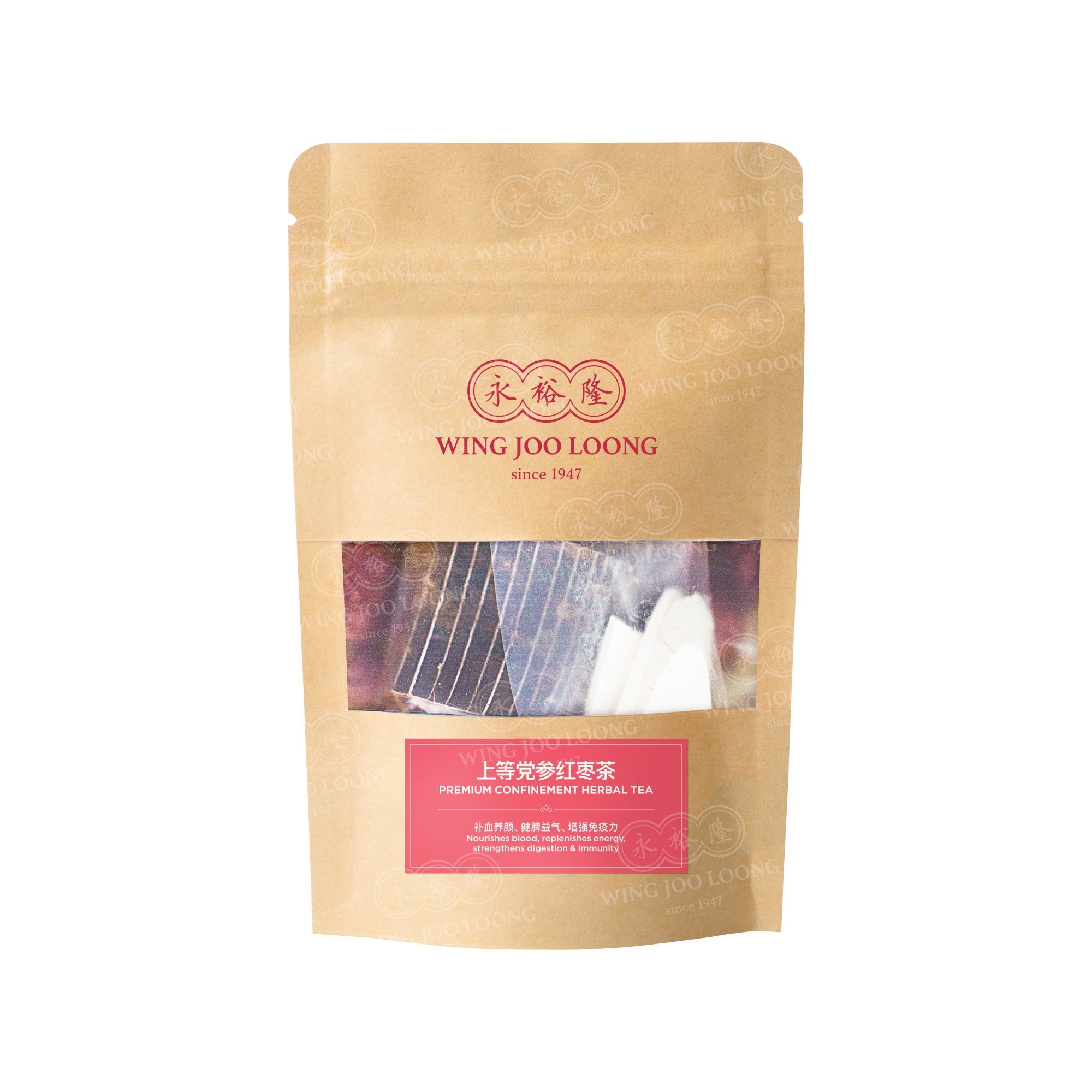Postnatal Care Guide: How to Manage Pain, Body Changes and Depression
8 min read
·
By Wing Joo Loong Team
Key Takeaways
- Postnatal Care is Essential: It supports both the mother’s physical recovery and mental health, helping her adjust to body changes, manage pain and prevent complications like postnatal depression.
- Balanced Diet and Gentle Exercise Aid Recovery: A nutrient-rich postnatal diet and safe exercises like postnatal Pilates and Kegel exercises can help mothers regain strength, manage discomfort and promote overall well-being.
- Mental Health Awareness: Recognizing the signs of postnatal depression and seeking support through therapy, postpartum doulas or professional treatment is vital for emotional well-being during the postnatal period.
Becoming a mother is a beautiful journey, but it’s also one that brings numerous changes—both physically and emotionally. From antenatal preparations to comprehensive postnatal care, each stage is crucial for helping new mothers transition into this new chapter while prioritising their health and well-being. This guide will provide insights on the nutrition tips for confinement food and postnatal diet and how to manage body changes, pain and emotional health during the postnatal period, ensuring that both mother and baby can thrive.
This article will cover the following key areas:
What is Postnatal and Why is it Important?
Postnatal refers to the period following childbirth, while postpartum is often used interchangeably. This period is significant for both the mother and the baby as it involves a range of postpartum recovery processes, including confinement and adjustments to new routines.
The importance of postnatal care cannot be overstated. It ensures the mother's physical recovery after childbirth, including managing heatiness in the body, promotes postpartum mental health and fosters a healthy relationship between the mother and the newborn. Adequate care during the postnatal period is crucial for the baby's development as well. The mother’s well-being directly impacts the baby’s growth, as healthy recovery supports effective breastfeeding, stable bonding and a nurturing environment that contributes to the newborn’s overall health and emotional security. Addressing issues such as postpartum blues, postnatal depression and natal depression ensures that both mother and baby thrive during this critical time.
Body Changes After Birth
Common Physical Changes After Delivery
Childbirth brings numerous physical changes and new mothers need to understand and prepare for them. Weight changes are common, with many women experiencing gradual postpartum weight loss as their bodies adjust. Skin changes, such as increased pigmentation or stretch marks, often occur due to the stretching of the skin during pregnancy. Additionally, hair loss may be noticeable a few months after birth, largely due to the shifts in hormone levels that occur during the postnatal period.
Breast engorgement is another common change, particularly for breastfeeding mothers, as the body adjusts to producing milk. It can cause discomfort, but practising proper breastfeeding techniques or using postnatal massage can help alleviate this. Changes to the pelvic floor are also significant, as childbirth can weaken these muscles, leading to conditions like urinary incontinence. Engaging in kegel exercises postpartum can help strengthen the pelvic floor and promote recovery.
Permanent Body Changes After Pregnancy
While many changes after childbirth are temporary, some may be permanent. For example, the hips might become permanently wider and stretch marks may remain a lasting reminder of pregnancy. Changes in breast shape and size are also common after breastfeeding. Mothers need to accept and embrace these changes as part of their unique journey through pregnancy and motherhood.
Postpartum Hormonal Changes
The body undergoes significant hormonal changes after childbirth, leading to what is often referred to as a hormonal imbalance after pregnancy. This can cause emotional symptoms such as mood swings, irritability and fatigue. Many new mothers experience postnatal blues, a temporary feeling of sadness or anxiety, where in some cases, these symptoms may escalate into postnatal depression, a more severe and prolonged condition that requires attention and care. Seeking support, whether through therapy or the assistance of a postpartum doula (someone who supports new mothers after childbirth), can be crucial for managing these symptoms effectively and ensuring both the mother's and baby's well-being.
What are the Best Postnatal Diet and Nutrition Tips?
Postnatal nutrition plays a vital role in a mother’s recovery during the postnatal period, just as understanding the right foods to eat and avoid during pregnancy is crucial for a healthy pregnancy. Consuming the right confinement food including the benefits of bird nest during pregnancy, helps replenish lost nutrients, speeds up recovery and improves energy levels. Traditional confinement food such as WJL Confinement Package items, is tailored for new mothers to support recovery. Dishes like bird’s nest soup, green papaya fish soup and Chinese yam soup are rich in nutrients that help strengthen the body and improve milk production. Ensuring a well-balanced diet with these dishes can significantly enhance recovery.
How to Identify and Manage Postpartum Pain and Discomfort?
Many mothers experience postpartum back pain, pelvic pain and abdominal pain. These discomforts are caused by changes in posture, stretched muscles and overall strain from pregnancy and delivery.
Safe and Effective Postnatal Exercises
Engaging in postpartum exercises is crucial for a healthy recovery and can significantly reduce postpartum pain and discomfort. Below are some of the best exercises to incorporate into your postnatal care routine, including postnatal pilates, postpartum abdominal exercises and kegel exercises, which can be highly beneficial during the postnatal period.
For mothers who need more structured guidance, hiring a postnatal personal trainer can be highly beneficial. A postpartum fitness trainer can tailor a workout plan to suit your specific needs, whether it’s for overall recovery, focusing on core stability or postpartum weight loss. These professionals can also ensure that exercises are performed correctly, reducing the risk of injury and speeding up the recovery process.
| Exercise | Description |
|---|---|
| Postpartum Core Exercises | Bird's nest can help stimulate appetite and improve digestion during pregnancy. It provides pre-digested protein and essential nutrients that support quicker recovery for pregnant women from chronic illnesses. Additionally, bird's nest promotes normal bodily functions such as cell regeneration and immunity, both of which are crucial for maintaining health during pregnancy |
| Postnatal pilates | Rich in protein and essential amino acids to boost energy. Protein and amino acids are vital during pregnancy for supporting maternal tissue growth, foetal development and placenta formation. They also play a key role in tissue repair, immune function and the production of crucial hormones and enzymes, helping ensure both mother and baby stay healthy. |
| Kegel Exercise (Pelvic Floor Muscle Training) | Deep ocean fish is rich in protein, essential amino acids and omega-3 fatty acids such as DHA and EPA, making it an excellent tonic for postpartum recovery. These nutrients support tissue repair, boost immune function and promote overall health, aiding new mothers in their recovery journey while providing key benefits for both mother and baby. |
Benefits of Postnatal Massage
Many mothers experience postnatal back pain, muscle soreness and general body aches after delivery. A postnatal massage can help manage these discomforts effectively. Opting for a postnatal massage home service or a postpartum massage at home is a convenient way for mothers to relax and recover in a familiar setting. Massages can reduce muscle tension, improve circulation and promote overall relaxation, making it an excellent addition to postnatal care for mothers.
Understanding Postnatal Depression
Postnatal depression (PND), sometimes called postpartum depression, is a mental health condition that can affect new mothers after childbirth. It’s more severe than the postnatal blues, which are short-lived and generally fade within a week. PND, on the other hand, can persist and may require intervention to overcome. It is important to remember that this condition does not reflect any weakness—it is a common experience, affecting roughly one in ten women who have recently given birth.
Recognising the Symptoms of Postnatal Depression
The signs of postnatal depression can manifest gradually, often leaving mothers unsure of what they are feeling. Symptoms may include persistent sadness, overwhelming fatigue, a lack of interest in activities once enjoyed, irritability and difficulty bonding with the baby. Some mothers might experience anxiety or even have thoughts of harming themselves. It’s crucial to differentiate these symptoms from the postnatal blues, which typically include mood swings and crying spells, often caused by hormonal imbalance after pregnancy.
The postnatal period brings numerous changes and the emotional and physical demands can sometimes feel overwhelming. Hormonal shifts during this time can significantly contribute to the development of postnatal depression, especially when combined with sleep deprivation and the pressures of caring for a newborn.
Tips for Maintaining Mental Health During the Postnatal Period
Prioritising your mental health during the postnatal period is essential. Rest is a crucial component of recovery, so try to sleep whenever possible and do not hesitate to ask family or friends for help with daily chores. Incorporating self-care activities such as gentle postpartum exercise, or even a postnatal massage at home, can help you relax and regain strength, contributing to both your physical and emotional well-being.
Seeking support is also vital in managing postnatal depression. Speaking openly with trusted friends or joining support groups can help alleviate feelings of loneliness and isolation. Additionally, the guidance of a postpartum doula can provide invaluable support, helping you to navigate the challenges of early motherhood with reassurance and practical assistance.
Treatment Options for Postnatal Depression

If you find that symptoms of postnatal depression are persistent or worsening, seeking professional help is important. Effective postpartum depression treatment may include postpartum counselling or postpartum therapy and in some cases, medication. These approaches can provide you with tools and support, enabling you to feel more in control. Remember, therapy can offer helpful coping strategies, while medication can address the underlying hormonal imbalance after pregnancy that often contributes to postnatal depression.
The role of a postnatal doula (someone who supports new mothers after childbirth) in this journey cannot be overstated. They provide not only practical help but also emotional support, empowering you to feel more confident and less alone. Prioritising your mental health is crucial for both you and your baby and with the right support, you can make your way towards a healthier, happier recovery.
Conclusion
Postnatal care is truly a journey—a delicate balance of managing physical changes, discomforts and emotional well-being. It’s about giving your body the right nutrients, engaging in gentle exercises, enjoying a soothing postnatal massage and surrounding yourself with a supportive environment. All these elements work together to help you recover and feel your best.
Remember that as a new mother, it’s perfectly okay to seek professional help or lean on family and friends. Caring for yourself is just as important as caring for your little one and by taking care of your own needs, you’re giving your baby the best possible start too. You deserve to feel healthy, supported and at peace!
Social With Us
Follow us on Instagram, Facebook, TikTok or
Frequently Asked Questions
References
https://www.healthxchange.sg/wellness/physical-health/body-changes-after-pregnancy https://www.healthline.com/health/exercise-fitness/postnatal-exercises https://www.nhs.uk/conditions/baby/support-and-services/your-post-pregnancy-body/ https://www.webmd.com/depression/postpartum-depression/postpartum-depression-baby-blues https://www.healthhub.sg/live-healthy/understanding-postnatal-depression www.ncbi.nlm.nih.gov/books/NBK310595/ https://www.healthline.com/health/healthy-sleep/how-to-sleep-after-c-section https://healthcare.utah.edu/the-scope/health-library/all/2018/05/women-should-rest-month-after-childbirth-myth-or-fact https://www.medicinenet.com/is_bed_rest_required_after_normal_delivery/article.htm https://www.webmd.com/women/vaginal-bleeding-after-birth-when-to-call-doctor https://www.nhs.uk/pregnancy/labour-and-birth/after-the-birth/your-body/ https://www.healthhub.sg/live-healthy/pregnancy-first-week-after-delivery-how-to-cope-with-my-wound https://www.nhs.uk/pregnancy/labour-and-birth/what-happens/episiotomy-and-perineal-tears/
"Lorem ipsum dolor sit amet, consectetur adipisicing elit, sed do eiusmod tempor incididunt ut labore et dolore magna aliqua. Ut enim ad minim veniam, quis nostrud exercitation."
Any self-care tips to help manage menstrual pains?
1.Avoid cold drinks, reduce water sports, and keep warm before your expected menstrual period.
2.Drink Brown Sugar Ginger Tea 2 days before menstruation starts or when menstrual cramps occur. Boil 15g of brown sugar and 15g of young ginger in a pot of water.
3.Acupressure massage for pain relief:

He Gu Acupoint
Location: Tender point found on the back of the hand between the thumb and the index finger
Function: He Gu Acupoint is a common point used to relieve pain and can help to relieve painful period cramps
How to massage: Press the acupoint with your other thumb and massage for 1 minute each time

Tai Chong Acupoint
Location: Tender point between the big toe and second toe
Function: Tai Chong Acupoint belongs to the Liver meridian and can help to improve Qi circulation to help improve mood and reduce irritability
How to massage: Press on the acupoint with your thumb and massage for 1 minute each time

Qi Hai Acupoint
Location: 1.5 inches below the belly button
Function: Qi Hai literally translates to “Sea of Energy” and is believed to be the point on the body where Qi gathers. Pressing this acupoint can help to increase Qi and energy and reduce bloating
How to massage: Press with your index and middle finger and massage for 1 minute each time
4.Add TCM herbs to your cooking or as dietary supplements
- Angelica root (当归): Nourishes blood, regulates menstrual cycle and improves blood flow
- Rehmannia (熟地): Nourishes Kidney, regulates menstrual cycle and improves blood circulation
- Red peony root (赤芍): Improves blood circulation and relieves pain
- Sichuan loveage root (川芎): Improves both Qi and Blood circulation
5.Exercise moderately to improve blood circulation, strengthen immunity, and increase Qi to overcome fatigue during menstruation.
Any self-care tips to help manage menstrual pains?
Note: All contents including medical information published in this blog is for information and educational purposes only and does not amount to advice. Please seek the advice of your physician or other qualified health provider regarding any medical condition that you may have.
Subscribe to our latest news and exclusive promotions!
You may also like
JOIN OUR MAILING LIST
Get wellness tips and the inside scoop
on new launches and deals!

© 2025 Wing Joo Loong


